A lot of information is available about leaking bathroom fans and how to fix them. However, this can be a little more complicated when you are living in an apartment building and have limited access and permission about what you can do to fix the problem.
That’s why I have included the common reasons a bathroom fan drips and will help you rule out the unlikely issues since you are living in an apartment. If you have access to part of the duct, you may be able to diagnose and repair the problem, but you may need to leave it to the landlord and property manager.

Dripping bathroom fans in apartment buildings are likely the result of improper insulation, improper ducting, or underpowered fans. These problems increase condensation in the duct, leading to dripping. Contact the building manager to report the problem and to get permission to make repairs.
Common Causes of Dripping Bathroom Fans
- No duct insulation. Bathroom exhaust fans remove heated, steamy air and so should be insulated. Otherwise, the duct is not isolated from the external air temperatures. When this comes into contact with the warmth of the air traveling through the ducts, it can cause condensation that drips out the fan.
- Poor duct insulation. Insufficient insulation results in the same problem as above. It must cover the entire duct and the fan housing (helps with efficiency). You may need to replace old, worn insulation.
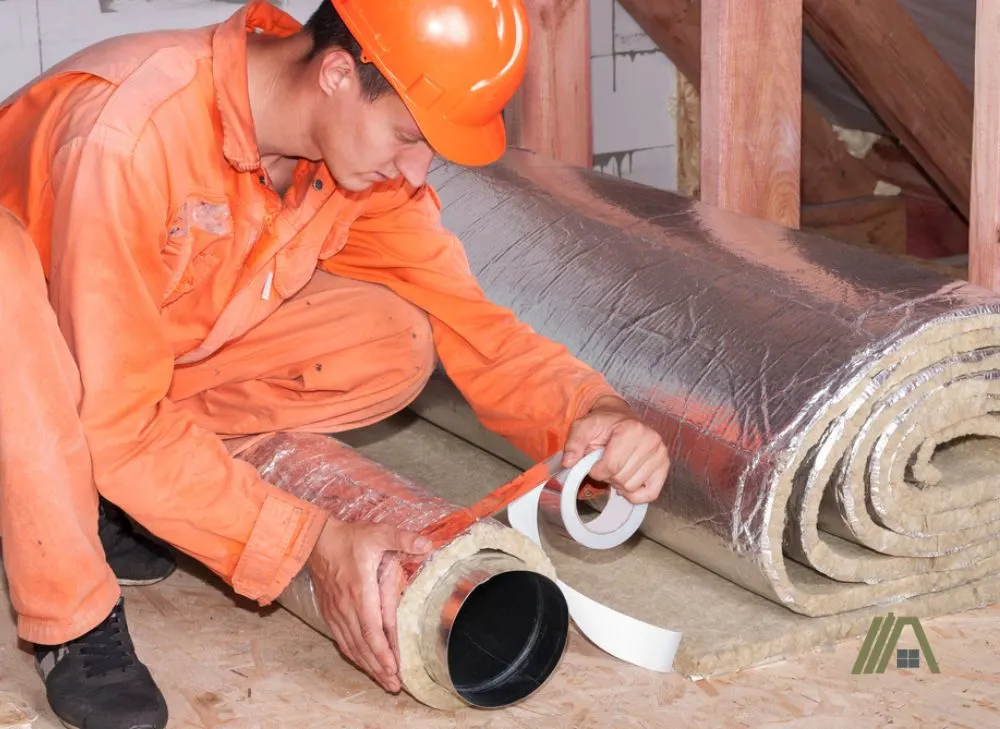
- Overly long ducts. Longer ducts are less efficient because air loses more velocity pressure the longer it travels. The limited allowable duct length ensures the necessary pressure and ventilation are maintained. This prevents condensation.
- Twisty duct runs. Elbows (bends) each count as a certain length of the allowable ducting. They add resistance and friction since air must travel around corners and over ridges, causing pressure drops. Some local codes limit the number allowed.
- Broken ducts. Cracks or compromised joins interfere with duct pressure and are places where condensation can gather, which decreases exhaust efficiency and results in leaking.
- Underpowered fans. Your fan needs to be strong enough to push the air out of the duct. If it’s underpowered, this extends the time that water-ladened air is in the duct and increases the chances of water condensing and building in the vent.
- Broken roof vent hoods. This is a less common cause for apartment living since a backdraft damper separates your individual duct from where the water will be running in the building’s main shaft.
- Problems with flashing. Weatherproofing problems are most noticeable when it rains. But, again, the separation of your apartment’s bathroom fan duct from the external opening makes this an unlikely cause.
Check Your Ducts
If you can access a portion of the ducts running through your apartment, you can inspect them for damage, excessive bends, and insulation.
Damage to your ducts may look like warping or dents. For example, if you find puddles or leaking water along the ducting, this would indicate that it is cracked (it may be big enough to see); if it is by a join, this could mean the ducting is not connected properly or that the seal is compromised.
Insulation should cover any exposed ducting, and there should be insulation around connection points. Improper insulation is likely your problem if it is missing or hanging loose or if you can see the ducts through the insulation.
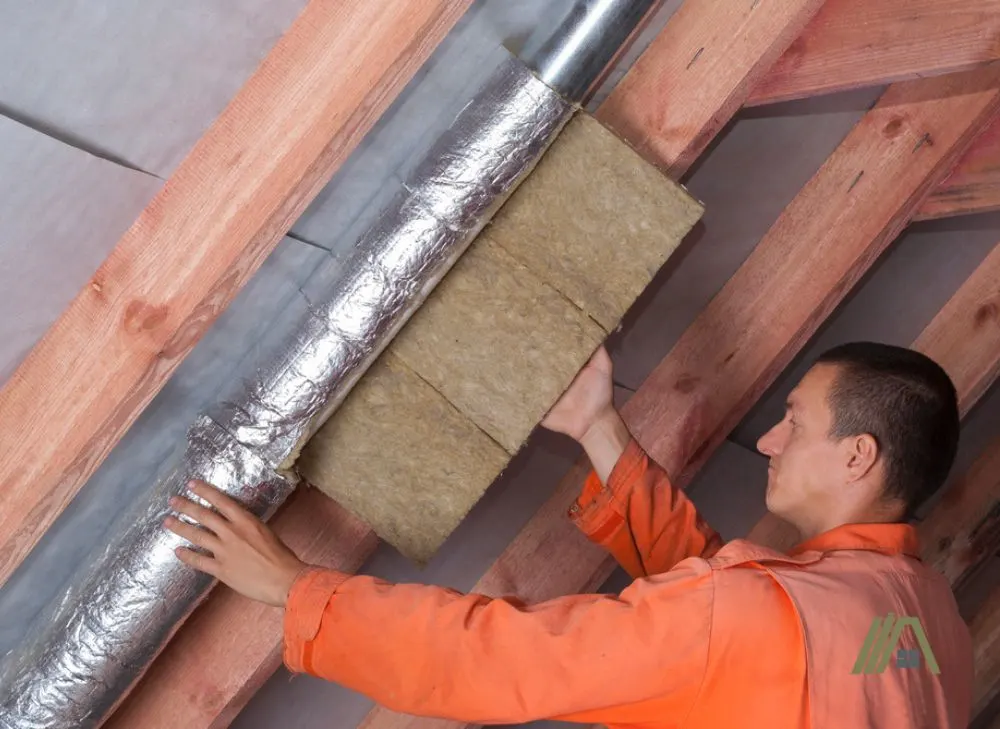
Depending on the nature of your rental agreement, you may be able to ask permission to perform the repairs, or you may need to hire someone. But, you must inform the building manager and ask for permission before making changes.
The Fix
Damaged ducting generally needs to be replaced, and this (along with adjustments for length and bends) will likely need to be done by a professional since you are a tenant and not an owner.
Bending may be the result of space issues or because the duct run is too long. A different type of ducting (rigid or flexible) may be able to solve this. You want to make the angle as gentle as possible. You may need to bend the ducting at a different point to make it less severe.
Any fixes you make to the duct are temporary and must be redone regularly. However, this may be the only option you have if your building manager won’t give permission for the replacement. Cracks can be sealed using caulk and metal ducting tape (not duct tape!), but this is not the ideal solution.
If it is a seal that is worn, you can remove the old seal, clean the connection, and re-caulk.
You need to install insulation if it is missing or incomplete, or you suspect that the insulation is old and worn. You need to fit any new or additional insulation tightly around the exposed duct. When it comes to attaching insulation to the fan housing, you can use an aluminum tape like the Impresa 1.9” Wide Aluminum Tape (amazon link) or the 3M 1.88” Aluminum Foil Tape (amazon link).
Contact Building Manager
If you cannot find a problem with your apartment’s direct ductwork, then you need to contact the building manager and notify them there is an issue. It is always better to inform them in writing. Hopefully, the manager will investigate and solve the problem.
You can also ask your neighbors if they have been experiencing the same issue. With several people complaining about the same problem, you may have better luck convincing a reluctant manager to do something. You should also check your retail/tenancy agreement for specifications about such matters.
I suggest emphasizing the need for repairs. In this case, you can indicate there is a slipping hazard. It may help motivate the manager to solve problems if they feel it is in the best interests of their job and the business.
You may also have the option of contacting the landlord if this is a different person to the manager. You should repeat the written request, calmly stating that your previous requests have not been addressed.
If you are still having no luck, you can suggest mediation. A mediator will facilitate communication and reaching a solution. However, you can also take it further and report your landlord, and you have the option of suing as well. Both of these are more difficult when dealing with minor repairs.
It is preferable to deal with the matter as diplomatically as possible, considering that you will need to interact with these people in the future.
Try Replacing the Fan
Sometimes, bathroom exhaust fans are at the end of their lifespan (about 10 years). With old motors and blades, this overall wear and tear can make the fan less effective and more prone to dripping. If your insulation and vent cover are not the problem, you might need a new or stronger fan to get the job done.
To remove the old fan, you need to complete four main steps:
- Take the cover off the fan.
- Disconnect the wiring.
- Remove the fan housing.
- Disconnect the vent pipe.
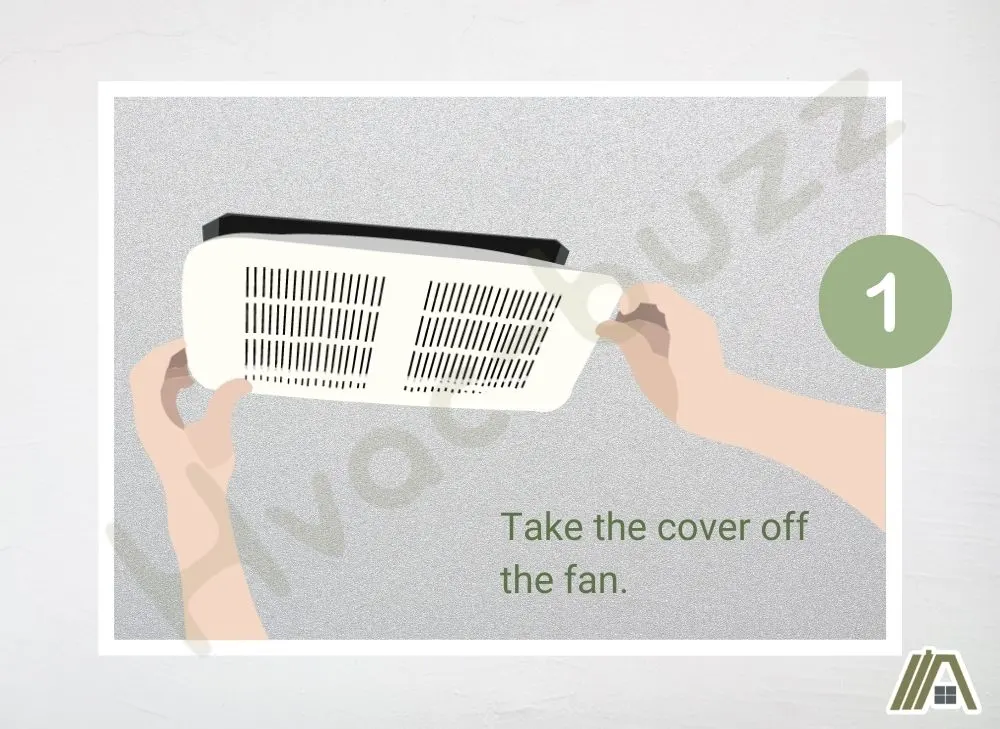
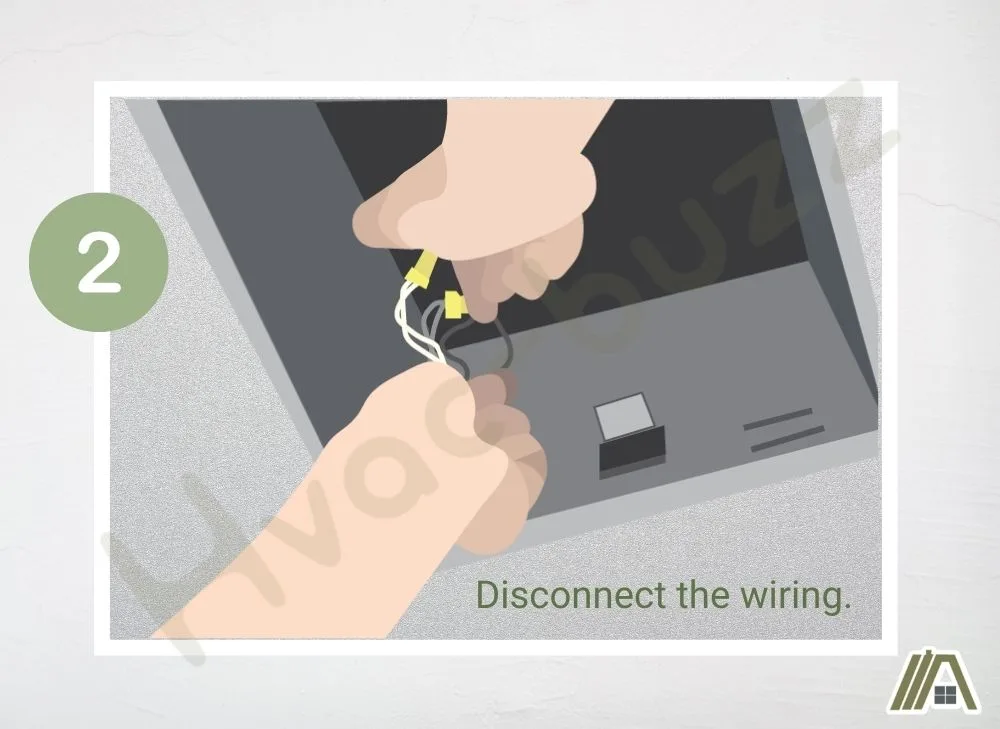
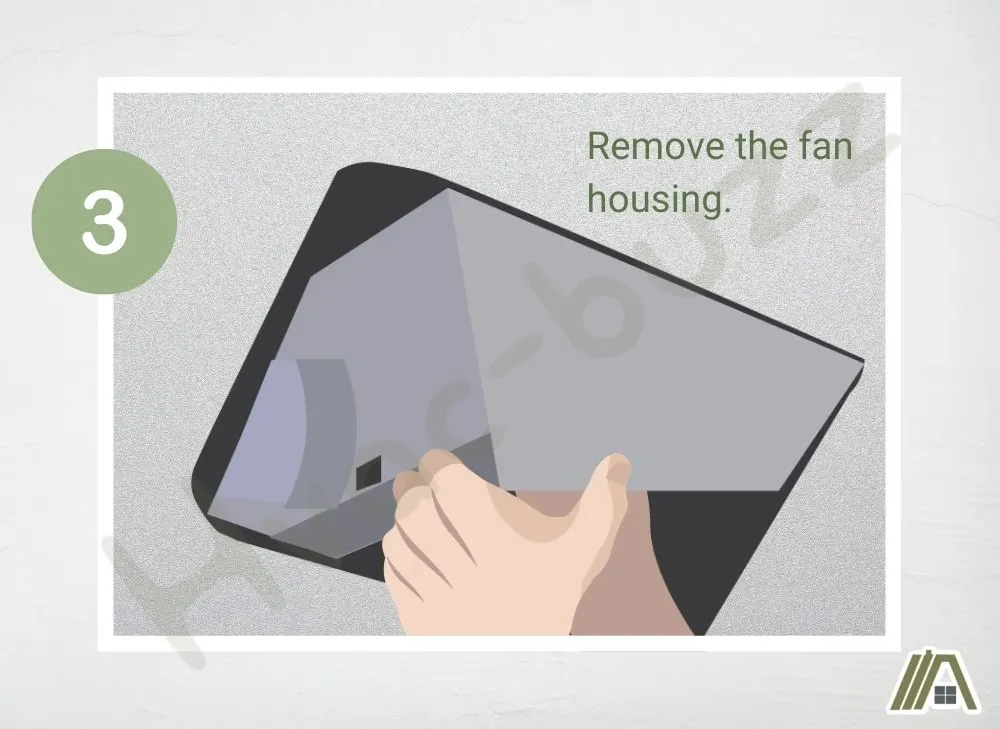
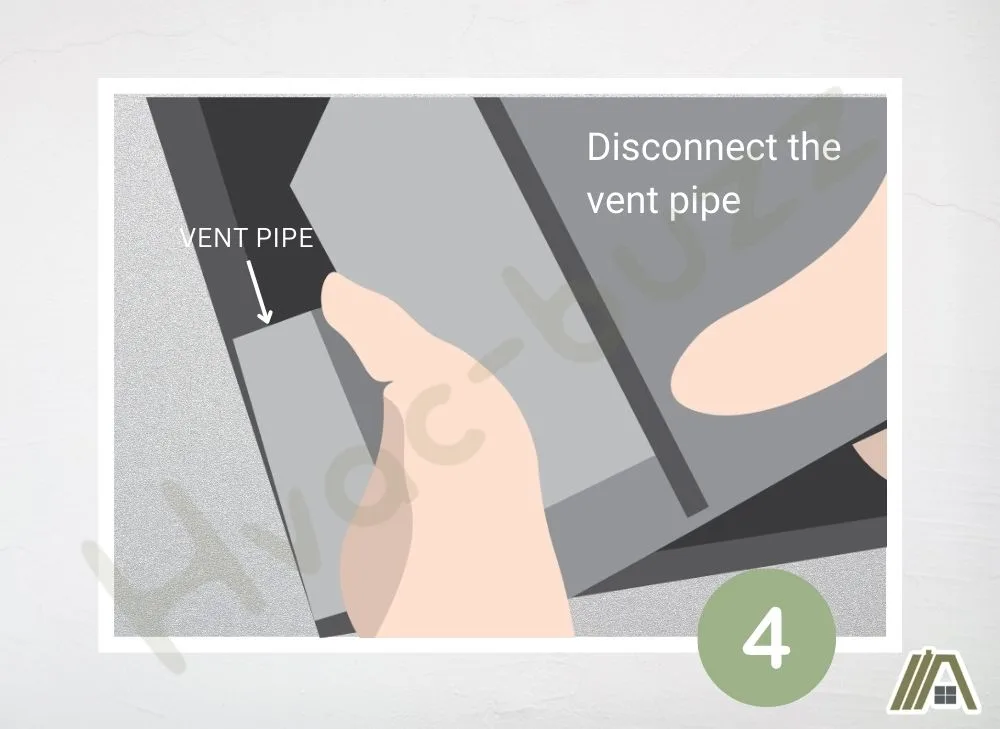
Once you have disconnected the fan, you can install the new bathroom fan. When choosing a fan, you need to consider the capacity (or CFM) of the fan and whether it will be a good fit for your bathroom.
There are some things to consider when installing a new fan. Since it’s unlikely that you will have attic access, you should pull the wiring through the fan housing before attaching it to the joist.
Older fan ducts might be smaller (3”) than what a newer fan requires (4-6”). If you do not have the option of replacing the ducting, you will need a duct adapter. Please note that this will also impact the efficiency of the fan.
Sources
https://www.nolo.com/legal-encyclopedia/renters-rights-minor-repairs-30276.html
https://www.familyhandyman.com/article/common-bath-fan-problems/
https://homeinspectorsecrets.com/bathroom-exhaust-fans/replacing-bathroom-fan-without-attic-access/
https://acinfinity.com/blog/why-bends-in-ducting-reduces-airflow/

